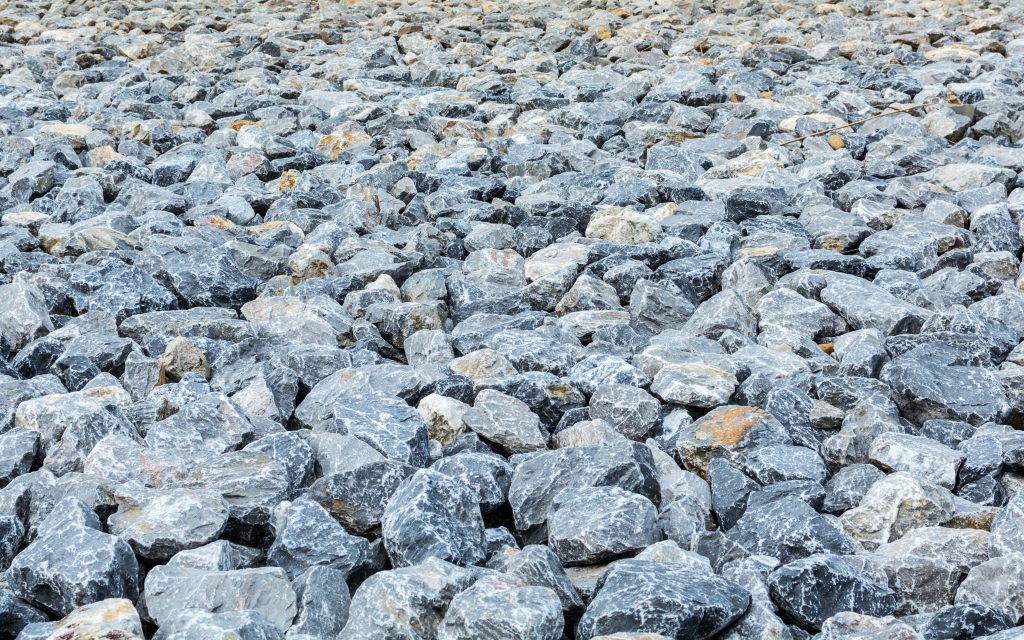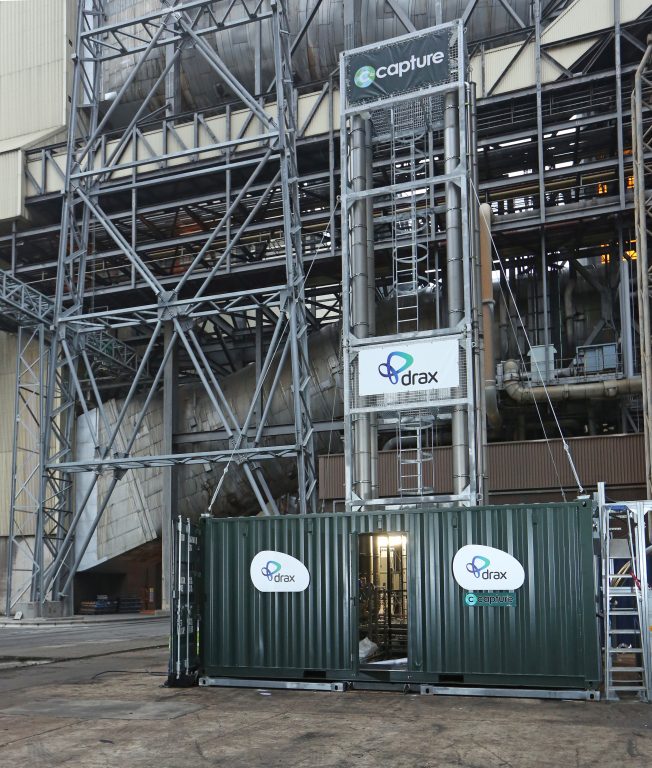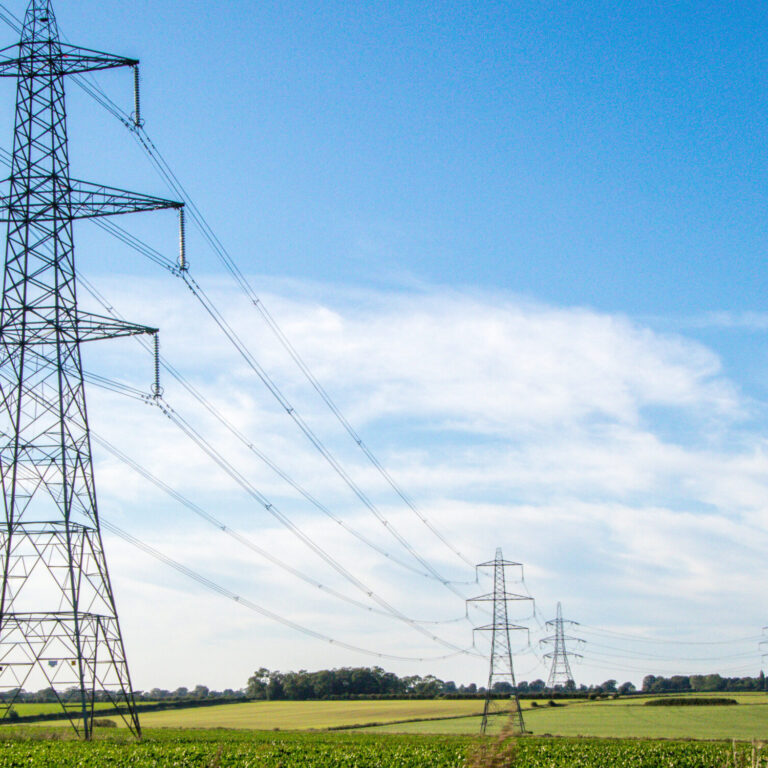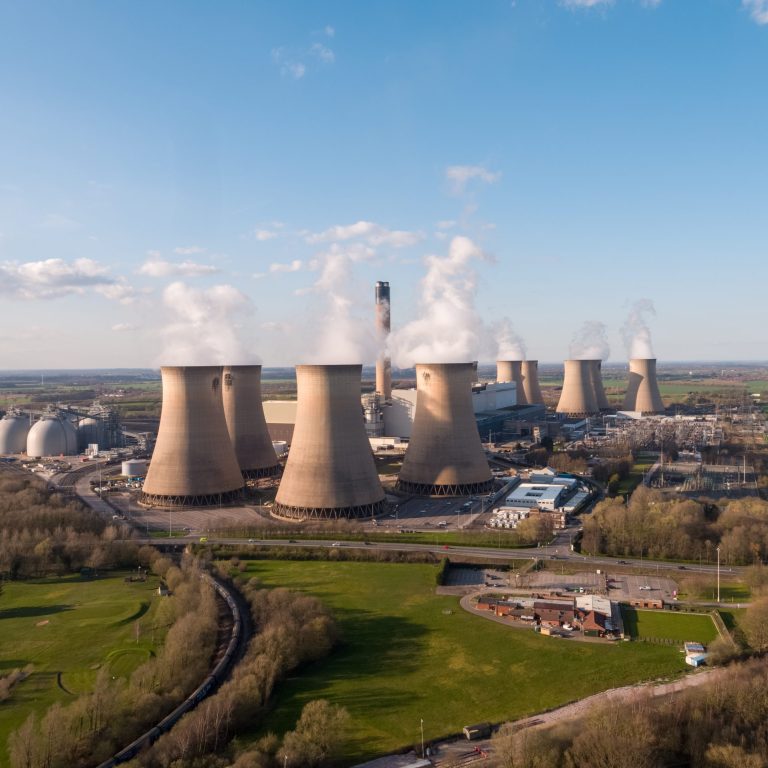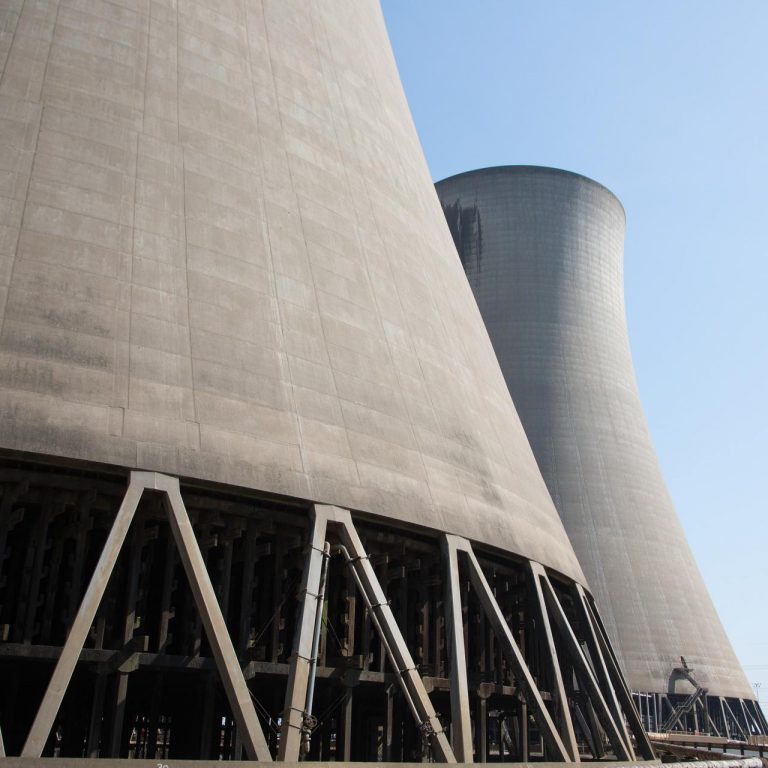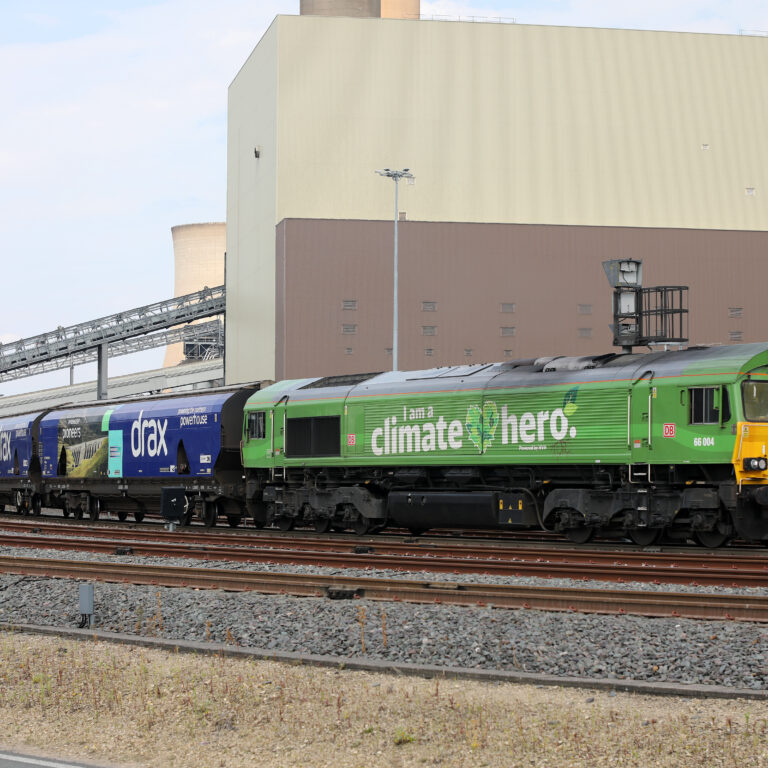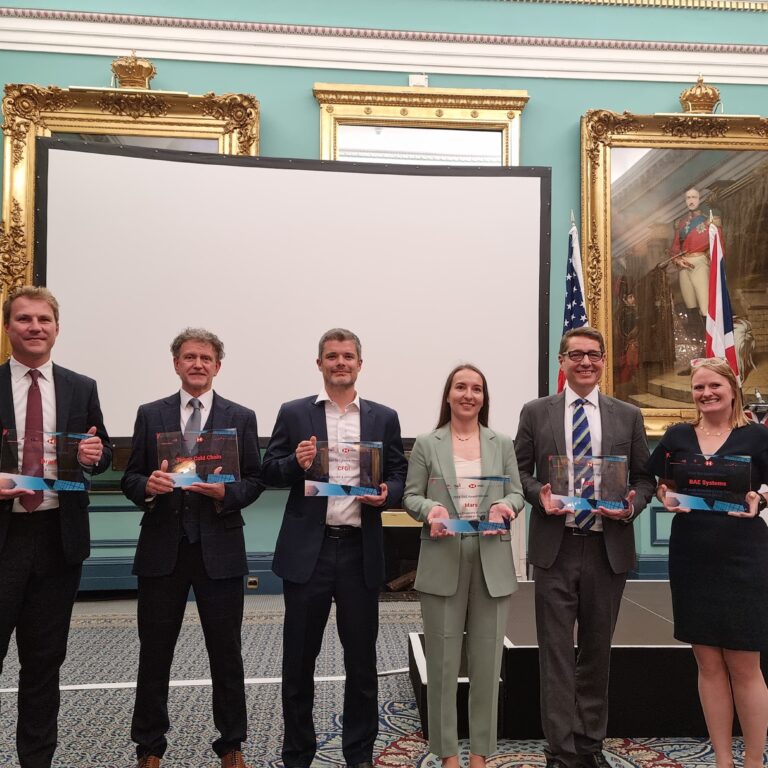Cutting carbon emissions is the headline environmental policy for the 195 countries signed up to the Paris Climate Agreement – and so it should be. Decarbonisation is crucial to keeping global warming below 2oC and avoiding or at least mitigating potentially dire consequences for our planet, its people and biodiversity.
However, centuries of pumping out carbon dioxide (CO2) from factories, vehicles and power plants means it’s not enough just to reduce output. Countries must also work on CO2 removal (CDR) from the atmosphere. Implemented at scale, what’s also known as Greenhouse Gas Removal (GGR) could mean a country or facility removing more CO2 than it emits – effectively giving it negative emissions.
Achieving this is not only advantageous to combating climate change, it’s essential. A new report from the Intergovernmental Panel on Climate Change (IPCC) explores 116 scenarios in which global warming is kept to 1.5 oC of pre-industrial levels (more ambitious than the Paris Agreements 2oC). Of these scenarios, 101 use negative emissions technologies (NETs) at a scale of between 100 to 1,000 gigatonnes* over the 21st century.
Given the scale of the ambition, the task of capturing enough carbon to be truly negative will need to rely on many sources. Here are some of the techniques, technologies, and innovations aiming to push the world towards negative emissions.
-
Forests
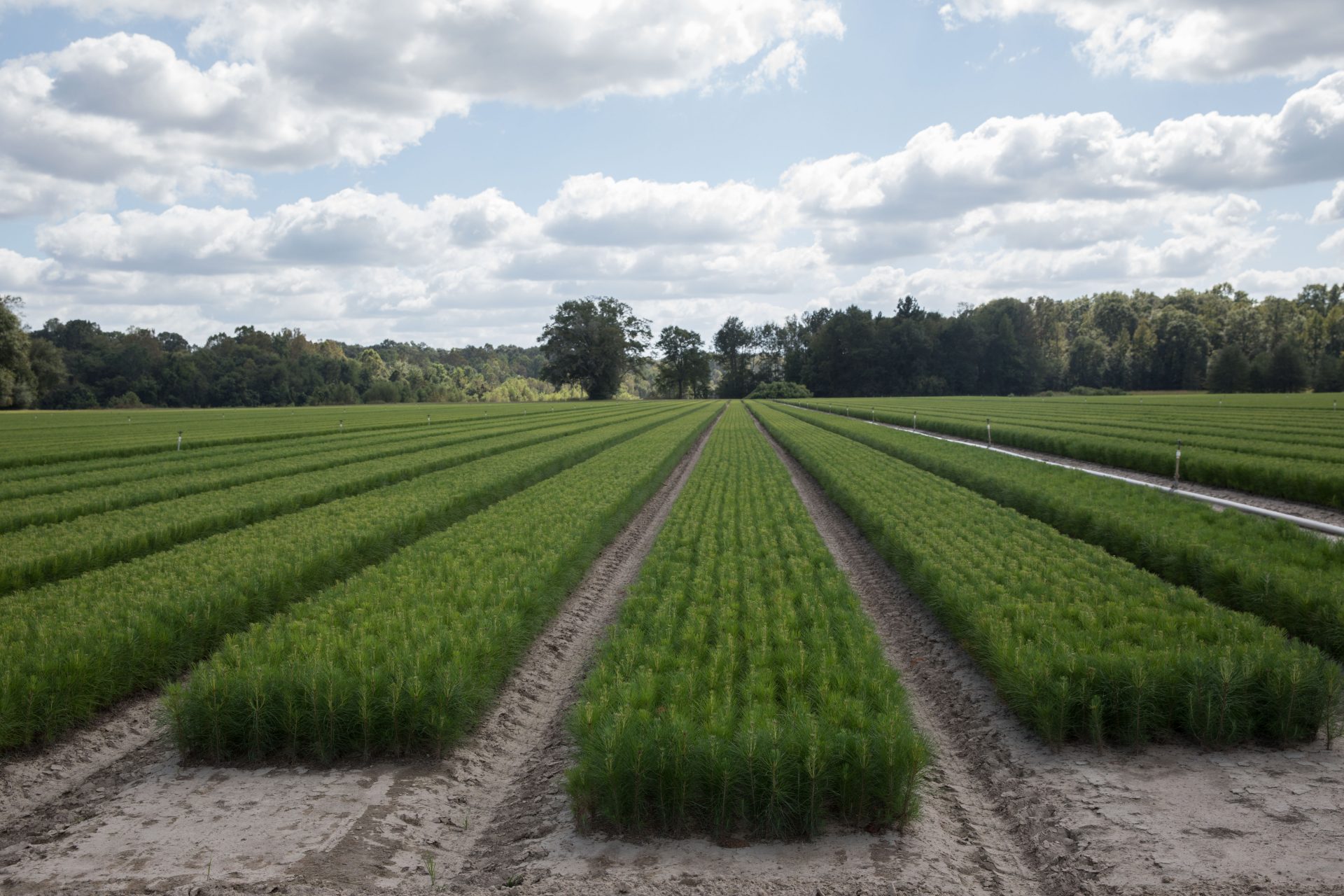
Weyerhaeuser Nursery, Camden, Alabama
CDR doesn’t have to utilise complex tech and chemistry. The planet’s natural carbon cycle already removes and stores huge amounts of carbon from the atmosphere – primarily through trees. The world’s forests have absorbed as much as 30% of annual global human-generated CO2 emissions over the last few decades.
Regenerating depleted forests (reforestation), planting new forests (afforestation), and protecting and helping existing forests thrive through active management can all contribute to offsetting emissions.
The IPCC report estimates that reforestations and afforestation could potentially capture 0.5 and 3.6 billion tonnes of CO2 a year at a cost of USD$5 to $50 (£3.90 to £39) per metric tonne.
There are potential drawbacks of extensive afforestation. It could compete with food crops, as well as reducing the reflection of heat and light back into space that arid lands currently offer to prevent global warming.
-
Bioenergy with carbon capture and storage
Biomass on its own is an important fuel source in lowering emissions from industries such as power generation. On one hand, it’s created by organic material, which during its lifetime absorbs carbon from the atmosphere (often enough to offset emissions from transportation and combustion). On another, it creates a sustainable market for forestry products, encouraging landowners to responsibly manage forests, which in turn can lead to growing forests and increased CO2 absorption.
But when combined with carbon capture and storage (CCS or CCUS) technology it becomes a negative carbon emissions process, known as BECCS. Drax is partnering with carbon capture company C-Capture in a £400,000 pilot to develop CCS technology, which will remove a tonne of carbon from its operations a day. Combined with the carbon removed by the forests supplying the biomass, it could turn Drax into the world’s first negative emissions power station.
Beyond just storing the captured carbon underground, however, it can be used to create a range of products, locking in and making use of the carbon for much longer.
The IPCC report estimates between 0.5 and 5 billion metric tonnes of carbon could be captured globally this way at a cost of $100 to $200 (£80-160) per metric tonne.
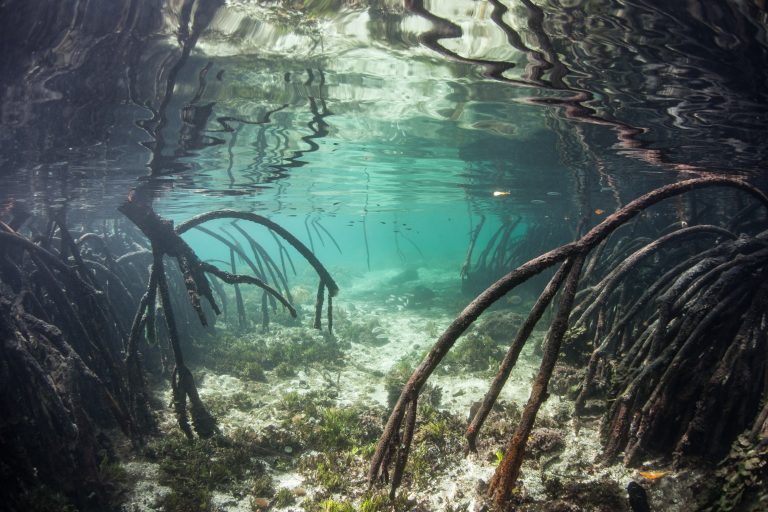
Mangrove roots
It’s not only forests of fast-growing pines or eucalyptus that remove CO2 from the atmosphere. In fact, coastal vegetation such as mangroves, salt marshes and sea grasses suck in and store carbon in soil at a greater rate than plants on land. The carbon stored in these waterside ecosystems is known as ‘blue carbon’.
Human encroachment and development on coastlines has depleted these environments. However, efforts are underway to regenerate and expand these hyper-absorbent ecosystems –turning them into carbon sinks that can remove more emissions from the atmosphere than conventional forests. Apple is currently throwing its financial weight behind a mangrove expansion project in Colombia to try and offset its global operations.
-
Boosting ocean plants’ productivity
Beyond costal mangroves, the ocean is full of plants that use CO2 to photosynthesise – in fact, the oceans are thought to be one of the world’s largest carbon sinks. But there are some people who think we could enhance marine plants’ absorption abilities.

Eelgrass Bed
One such approach involves injecting iron nutrients into the ocean to prompt a bloom in microscopic plants called phytoplankton, which float in the upper part of the ocean absorbing the CO2 absorbed from the atmosphere. When the plants eventually die they then sink trapping the absorbed carbon on the seabed.
An additional positive effect would be an increase in dimethyl sulphide, which marine plants emit. This could alter the reflectivity of clouds that absorb water from the ocean and further act to cool the earth.
-
Enhanced rock weathering
 Plants absorbing CO2 through photosynthesis is the most-commonly known part of the carbon cycle, however, rocks also absorb CO2 as they weather and erode.
Plants absorbing CO2 through photosynthesis is the most-commonly known part of the carbon cycle, however, rocks also absorb CO2 as they weather and erode.
The CO2 usually reaches the rock in the form of rain, which absorbs CO2 from the atmosphere as it falls. It then reacts with the rocks, very slowly breaking them down, and forming a bicarbonate that is eventually washed into the ocean, locking the carbon on the seabed.
The problem is it takes a long time. One idea that seeks to use this natural process more effectively is to speed it up by pulverising rocks and spreading the resulting powder over a larger area to absorb more CO2 from rain and air.
Natural rock weathering currently absorbs around 0.3% of global fossil fuel emissions annually, but the IPCC estimates at scale it could capture 2 and 4 billion metric tons at a cost of between $50 and $200 (£39-160) per metric ton. This approach also requires extensive land use and has not been trialled at scale.
-
Sequestering carbon in soil
Soil is another major carbon sink. Plants and grasses that die and rot store carbon in the soil for long periods. However, modern farming techniques, such as intensive ploughing and fertilisation, causes carbon to be released and oxidised to form CO2.
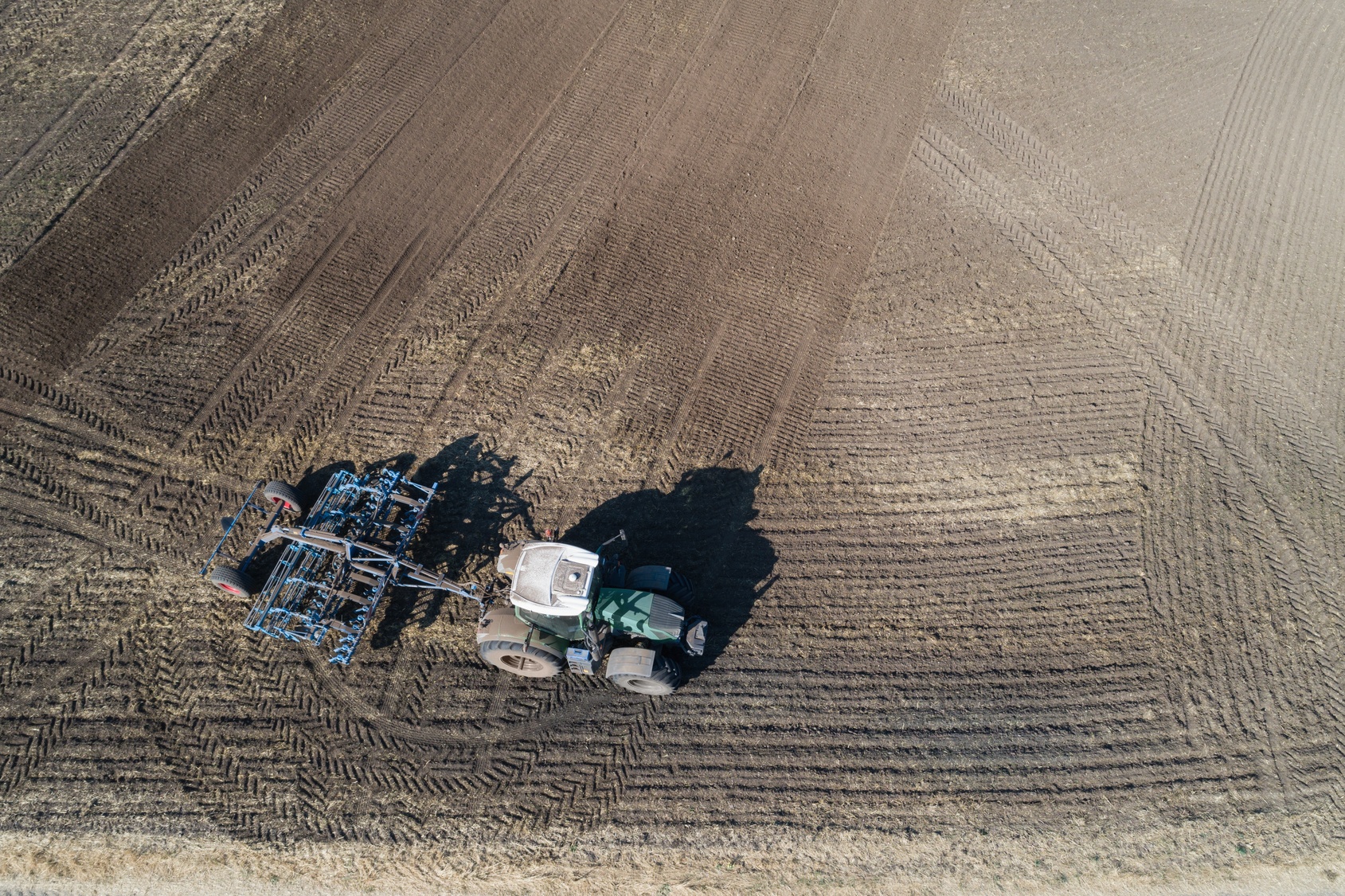
Adjustments in farming methods could change this and, at scale, make agriculture carbon neutral. Straightforward techniques such as minimising soil disturbance, crop rotation and grassland regeneration could sequester as much as 5 billion tonnes of carbon into the soil annually, according to the IPCC, at potential zero cost.
A challenge to this method is that once soil is saturated it can’t hold any more carbon. That material would also be easily released if methods are not maintained in the future.
-
Increasing soil carbon with biochar
A way to super-charge how much carbon soil can store is to add a substance called biochar to the earth. A type of charcoal made by burning biomass, such as wood or farm waste, in the absence of oxygen, biochar can increase the amount of carbon locked into the soil for hundreds or thousands of years. It also helps soil retain water, and reduce methane and nitrogen emissions.
Biochar has only been trialled at a small scale but the IPCC estimates that between 0.5 and 2 billion metric tonnes could be captured annually through this means. However, it predicts a cost of between $30 and $120 (£23-94) per metric tonne. Additionally, producing biochar at scale would require large amounts of biomass that must be sustainably sourced.
-
Direct air capture
CO2 is in the air all around us and so removing it from the atmosphere can effectively take place anywhere. Direct air capture (DAC or DACCS) proposes that the carbon capture and storage technology many power stations are now trialling can be carried out almost anywhere.
Swiss start-up Climeworks is one company attempting to make DAC viable. Its technology works by passing air through a surface that reacts with CO2 to form a compound, but releases the remaining air. The newly formed compound is then heated so the reactive chemical agent can be separated and reused. The CO2 is then stored underground with gas and water where it reacts with basalt and turns to stone in less than two years.
The main challenge for this technique is the cost – between $200 and $600 (£156-468) per metric tonne – and that it requires large amounts of energy, creating further demand for electricity.
One hundred million tonnes
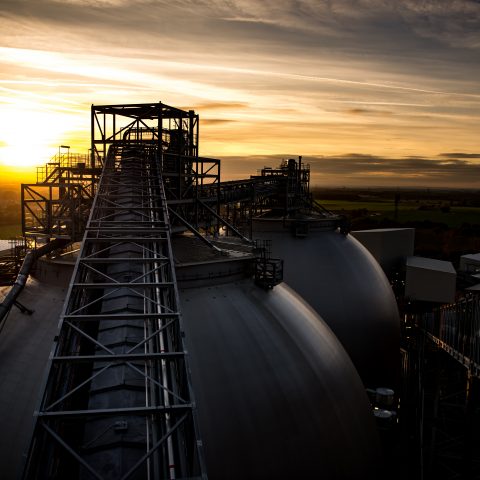
Wood pellet storage domes at Drax Power Station, Selby, North Yorkshire
The primary challenge for negative emission technology as a whole is that so few have actually been implemented at a global scale. However, trials are in motion around in the world, including at Drax, to remove emissions and help limit the effects of climate change.
Even if the UK decarbonises heavily across all sectors of the economy by 2050, there’s still projected to be 130 MtCO2 (million tonnes of carbon dioxide) net emissions. But a Royal Academy/Royal Society report released earlier this year was optimistic. It concluded that the country can become net zero and do its part in mitigating man made climate change – with BECCS identified as the negative emissions technology best suited to take the leading role and at least cost.
Learn more about carbon capture, usage and storage in our series:
- From capture methods to storage and use across three continents, these companies are showing promising results for CCUS
- Why experts think bioenergy with carbon capture and storage will be an essential part of the energy system
- The science of safely and permanently putting carbon in the ground
- The numbers must add up to enable negative emissions in a zero carbon future, says Drax Group CEO Will Gardiner.
- The power industry is leading the charge in carbon capture and storage but where else could the technology make a difference to global emissions?
- From NASA to carbon capture, chemical reactions could have a big future in electricity
- A roadmap for the world’s first zero carbon industrial cluster: protecting and creating jobs, fighting climate change, competing on the world stage
- Can we tackle two global challenges with one solution: turning captured carbon into fish food?
- How algae, paper and cement could all have a role in a future of negative emissions
- How the UK can achieve net zero
- Transforming emissions from pollutants to products
- Drax CEO addresses Powering Past Coal Alliance event in Madrid, unveiling our ambition to play a major role in fighting the climate crisis by becoming the world’s first carbon negative company






